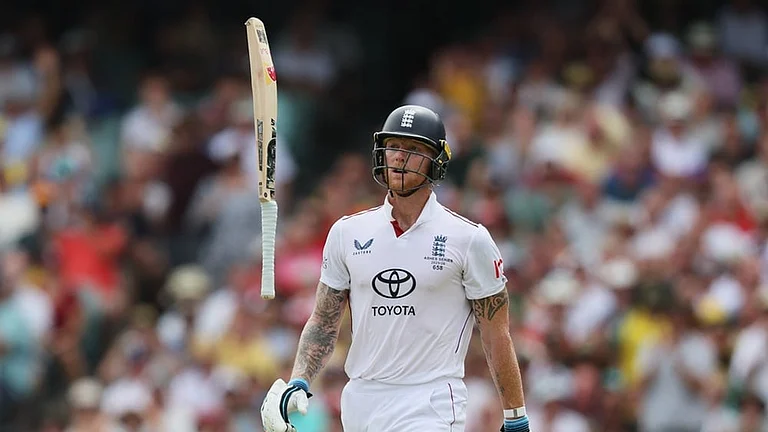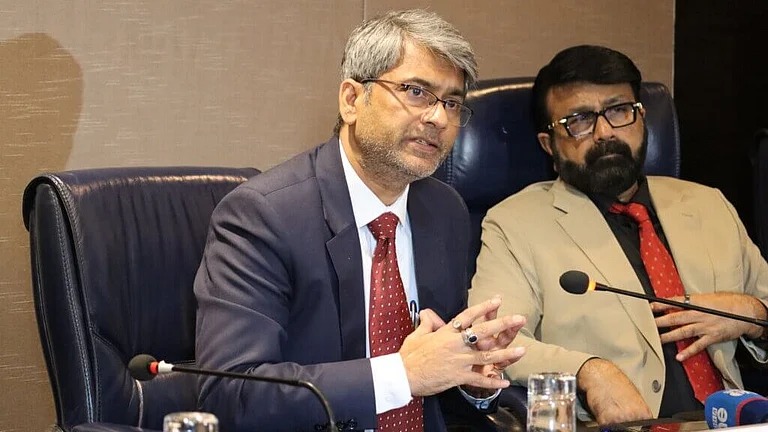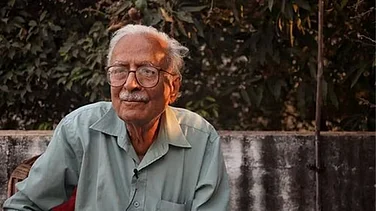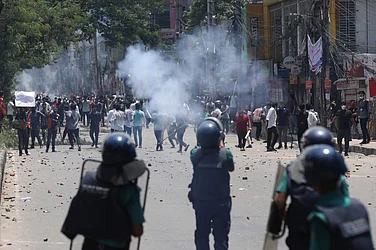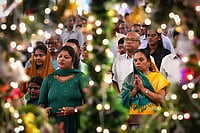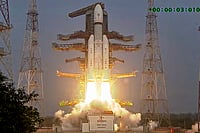History is first the reality, and only then a narrative. But when this order is reversed, it mutates into ideology, converting truth into half-truth. In post-Independence India, history-writing had become an ideological task, intended to strengthen certain narratives. Marxist historians who hegemonised it, manipulated methodologies to deny the truth about our past—whether good or bad. Students were taught well-written scripts prepared by historians under the shadow of Marxism and Nehruvian vision. Thus, history-writing became a channel to indoctrinate newer generations. This is now being corrected by a counter-hegemony of newer historians.
Indian historiography has three major classifications—modern, medieval and ancient. Earlier, ancient India was largely ignored. The period is a showreel of achievements and contributions by Indians in the fields of science, humanities, spiritualism, philosophy, art and literature. Its awareness gives today’s India civilisational strength. History-writing of the Nehruvian era only mentioned these superficially. The reason is obvious. The history of ancient India establishes primacy of our cultural-spiritual dimension of life. When PM Modi said in Parliament that “India is the mother of democracy”, it was not a polemical statement. Rather than being made the focus of India’s great historical narrative, the republics of Vaishali and Licchavi remained merely trivia for general knowledge fiends. There is a dearth of literature on it, as researchers were discouraged from enquiring into these. The only major work we have is Hindu Polity by K.P. Jayaswal, written in 1924. Any attempt to carry out research on these subjects was dismissed by the Red-Green academic club, as it was considered ‘exaggerating’ ideas that have no real value in the modern world.
ALSO READ: History Must Be A Lesson Of Our Past Glory
State agencies like the Indian Council of Historical Research (ICHR) remained contemptuous of alternative viewpoints. In fact, academic freedom was tightly monitored by the aforesaid ideological club. Not only were those who worked on ancient history discouraged, they were also mocked. Sushruta Samhita, Tantra Vigyan Bhairav, Vedic Mathematics, etc., were considered fanciful stories. Those days are now gone.
We have infused new generation historians and social scientists with confidence to unravel our unknown past. In India, every temple has a thousand-year-old history, equivalent to the entirety of European history. They hated ancient history as it generates narratives that contest their imagination of India. For instance, celebration of diversity is both a way of life and a philosophy in India. And it emanates from the pre-Mughal period. Why had Hindus not converted Parsis and Jews who reached India to escape religious persecution? In the 1931 census, there were 2,400 Jews and 1.09 lakh Parsis in India. Why were they persecuted in their homelands? What led them to British India? The possibility of enjoying freedom?
India’s historical discourse has been a prisoner of medievalists, focusing on the Mughal period. The Red-Green academic club used State resources to prove the benevolence of Mughal rulers and deny the reality of religious war against the beautiful tradition of ekam satyam viprah bahuda vadanti (There is one truth that is interpreted variously and differently). Pre-Islamic aggressions had largely socio-economic character. Their objective was to loot, plunder and enslave the people. But Islamic aggressions were meant to end India’s originality, diversity of spiritual life and philosophy. Since inception, India as a civilisation integrally possessed spiritual democracy. Islamic aggressors—whether Muhammad Ghori, Mahmud of Ghazni or Babur—wanted to ruin anyone who differed from their belief. The destruction of temples at Somnath, Ayodhya, Kashi or Mathura were not for greed, but to wage war against kafirs. Historians had been indoctrinated to treat such acts as socio-economic events and to accept them as essentially secular in character. Marxists and Nehruvians exhibited excessive love for Mughal rulers and obsessed with medieval history.
They remained manipulators of truth. The questions propounded by the events of history remain unresolved by the writings of the historians of this club. The martyrdom of the ninth Sikh Guru, Tegh Bahadur, was not due to war for land, power, wealth or supremacy. He was brutally killed by the Mughal ruler as he stood for freedom of religion of Hindus. His martyrdom in 1675 is a unique instance in world history. As we study Martin Luther in European history, so should we have read of the Guru’s sacrifice. Instead, NCERT textbooks blamed him of rape, and when this was removed, they shouted “saffronisation of history”.
Archaeology is a great tool to know the past. When archaeological studies—which included excavations—countered their historiography, they accused it of bias. In the context of Varanasi’s Gyanvapi or Mathura’s Krishna temple, scientific truths and past writings were ignored by the club historians. Such suppression and manipulation of truth has neither strengthened India’s civil society, nor added value to our practice and philosophy of secularism, deterring the goal of “one nation one people”.
Indian history-writing has been equally intolerant of the truth of India’s freedom struggle. Surprisingly, those who claimed sole ownership of our history, denounced the people’s role in the struggle against British imperialism. During the Nehruvian era, the State and its historians marched together to compliment and privilege each other. Their history glorified a few figures, pushing those who deserved space in our textbooks to the footnotes. History remained confined to Gandhi-Nehru’s contributions. Undoubtedly, they played a big role, but they denied iconisation of others. History is silent on the Tripuri Congress (1939), when Subhash Chandra Bose was forced to quit as President of the party. Was it an accident of history, or were there other issues at stake? Servants of India, a journal founded by Gopal Krishna Gokhale, reported that Bose came to attend the Congress session despite high fever. A section of the delegates accused him of trying to garner cheap publicity and went to the extent of blaming him of hiding onions in his armpit to raise body temperature and prove he was indeed feverish. He was reexamined by a doctor—then health minister of Mumbai—who happened to be at the venue, and only then was he allowed to preside the session. It was not a battle between two individuals, but between the democratic mandate and an alliance of powerful individuals. When, during a Zero Hour debate in Rajya Sabha, I proposed the construction of a museum dedicated to the children who were martyred during the Raj, the committee under PM Modi immediately consented. Why didn’t history books represent the stories of martyrdoms of Baji Rout of Dhenkanal in Odisha, Shirishkumar Mehta of Nandurbar in Maharashtra, or the seven school-going children who were killed by police as they hoisted the national flag atop the Old Patna Secretariat on October 8, 1942, all during the Quit India movement?
There is also a regional imbalance in Indian historiography. The contribution of the Northeast remained unrecognised till 2014. For instance, Khasi chieftain U. Tirot Singh Syiem of the East Khasi Hills in Meghalaya, who led the tribals in a protracted battle against the British Army. Historians used to celebrate privileged freedom fighters, ignoring the people’s heroes.
Rewriting of history is natural and is an attempt to bring it closer to the truth. It is a long a tedious process, but a vital tool in restoring originality of Indian discourse. Unless the correction comes using original source material and original history, the textbooks would be uninspiring. A bunch of lies do not make a nation. India is coming out of Eurocentrism and the course of contemporary events show a natural decline of Marxist historians. They are feeling de-legitimised, but are unprepared to accept their crimes masquerading as historians. Change is inevitable and history will help strengthen our civilisational discourse with Europe and the Islamic world.
(This appeared in the print edition as "Time’s Up for the Red-Green Club")
(Views expressed are personal)
Rakesh Sinha is a BJP Rajya Sabha MP









